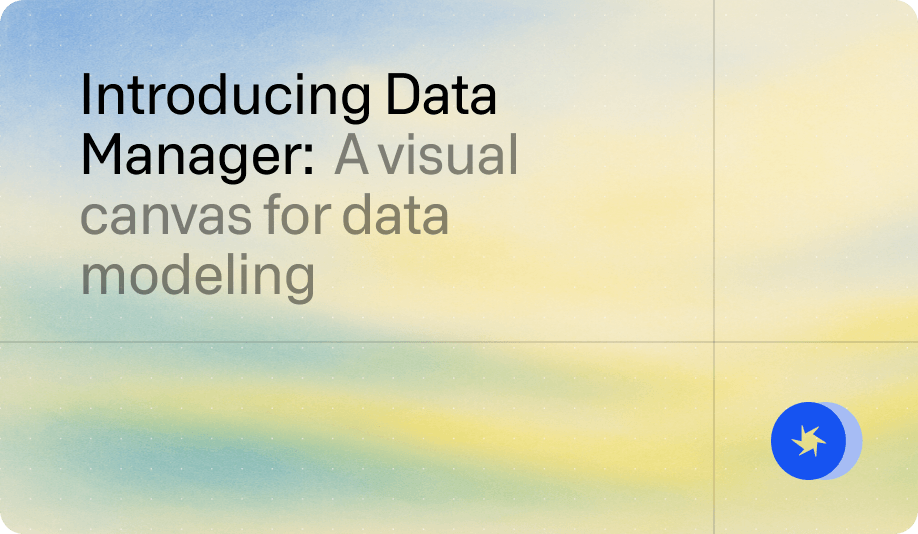The right architecture: Why composable is the answer
The next tech tool many organizations find essential for personalization is a customer data platform (CDP) — what Deloitte calls the "gold standard" for using customer data to create personalized experiences. But you don't want just any CDP. For best results, look for a composable solution, such as a Compound Marketing Engine or composable CDP.
This composable solution works as an activation layer on top of your existing data warehouse that also integrates with your marketing tech stack. That means you can access and act on your customer data in real time. In comparison to a traditional CDP, this offers significant benefits:
Faster time to value - Composable architecture takes the work of managing system integrations and wrangling data off marketing's plate, so they can start creating audiences, building journeys, and applying data insights to campaigns — and see results — faster.
More user-friendly - Getting updated data into a traditional CDP requires leaning on the expertise of the data team. That can mean tickets with long wait times that slow down your campaign momentum. Composable solutions give marketers an easy interface to build audiences and journeys directly from the cloud data, no specialized technical knowledge required.
Better data - As long as the data in your warehouse has been cleaned and structured correctly, you don't have to worry about duplicates and errors. You get the right data in the right format, in real time.
The role of AI: Velocity of experimentation
When paired with a composable data cloud-native architecture, AI is a valuable tool for scaling your marketing personalization efforts. When you have a comprehensive centralized source for data, AI has ample information to pull from to make smart insights and recommendations. And a key benefit of AI personalization marketing is that it's fast.
Agentic AI can analyze and process data at much faster speeds than humans, producing data-backed suggestions that marketers then use to make better decisions. Even better, it can help fuel experimentation at scale. You're not stuck with one campaign at a time. You can run dozens of variations, collect data on their performance, and iterate in real time to boost your results.
By significantly scaling the amount of data you can collect and analyze on customers and campaigns, agentic AI can shorten the time it takes to experiment and iterate within the marketing cycle. Ultimately, this helps drive compound marketing growth.




